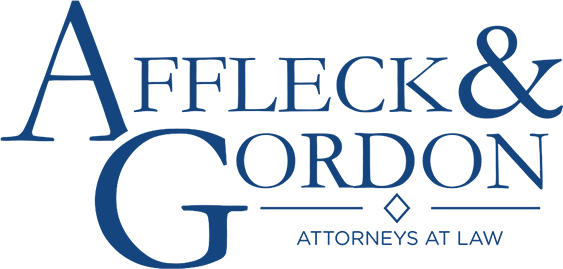If you visit the Social Security Administration’s website, you’ll see a total of 156 different forms available online. You won’t need all of them to apply for Supplemental Security Income (SSI) or Social Security Disability Insurance (SSDI), but you will face an intimidating stack of paperwork in applying for benefits.
Your social security paperwork will ultimately decide whether you are approved for benefits.
Choosing the right application
You’ll fill out much of the same paperwork for both SSI and SSDI, but the applications themselves are different.
- Remember, SSDI is based on work history and how much you’ve paid into social security. It’s intended for workers who can no longer function in their working environment. SSDI applicants will use form SSA-16-BK.
- SSI is based on need. It seeks to serve disabled people who don’t make enough income to live on, including seniors. SSI applicants will use form SSA-8000-BK.
If you’re not sure which program is right for you, we’ll help you learn more about the differences and advantages of each program.
The Social Security Administration (SSA) offers another, non-required form, SSA-3381, that functions as a checklist for your application. Referred to as the Medical and Job Worksheet, this form helps you compile all the information you’ll need for your actual application, in order to help you complete your application correctly. We highly recommend utilizing this worksheet. It can help you save time and avoid the stress of having to apply multiple times to receive your benefits.
If you’re unsure about any pieces of information on the Medical and Job Worksheet, simply call your local SSA office, and they will help you understand and retrieve that information.
Understanding the Adult Disability Report
The Adult Disability Report (SSA-3373-BK) assesses your ability to care for yourself and function independently.
It gets pretty personal. The report asks about your experience bathing and feeding yourself, caring for pets, handling money, driving, and so forth. It also asks how much help you require to complete these activities.
As you fill in these details about your life, understand that the Adult Disability Report is not an assessment of what you can and cannot do. It is an assessment of how your daily quality of life is affected by your disability. For instance, you may still be able to cook meals for yourself, but your disability causes you to take twice as long. You may still complete your house chores most days, but on some days, the side effects from your medication prevent you from doing so.
Your goal is to communicate ways in which your life has been compromised by your disability. However, you must be careful not to undermine your credibility. Quite often, applications for Social Security Benefits may be denied because a claimant gives themselves away in their Adult Function Report.
For instance, a claimant may report they can’t stand up for more than a few minutes, but then go on to say that it takes twice as long to walk their dog.
- Don’t exaggerate. The SSA will use your Adult Function Report to disprove your need for benefits if the information you provide contradicts your medical information.
- Be detailed, but try not to be qualitative. It’s far better to say, “It takes far longer to bathe myself” than to say, “It takes an hour to bathe myself.” It’s better to say, “I have trouble sleeping almost every night,” rather than, “I only get four hours of sleep each night.”
It’s important to get your Adult Function Report right the first time. If you fill out a second report, any discrepancies between your reports will further undermine your credibility.
Understanding the Work History Report
The SSA defines disability as the inability to work. Appropriately, the Adult Disability Report (SSA-3368-BK) asks a lot of questions about your experience on the job and how your disability has impacted your performance.
The form gets quite meticulous. It even asks how much your job required you to kneel, stoop, crawl, and more. It asks if you were required to lift heavy objects and how far you were expected to carry them.
At one point, the form asks for a description of a regular day at your job. This is the heart of what the SSA wants to know: What your life was like before your disability, and how your life is different now. More specifically, the SSA wants to know how your disability has compromised your capacity to complete work tasks that you could complete prior to becoming disabled.
You may still be able to complete many of your usual tasks, but not in the same way. Your disability may cause you to take longer to complete these tasks, or because of your disability, completing these tasks may cause you pain. Side effects of your medication may limit your ability to complete tasks, even if you simply must take your medicine in order to complete them.
These details make the difference between your application getting approved or denied. So often, an applicant will be denied because they reported that they could still complete many routine activities, but neglected to describe that these tasks now required much more time or effort.
The form’s final query provides you with an open opportunity to convey any additional information that was not captured by other questions in the form. This “Remarks” section allows you to speak for yourself and paint the picture of living with your disability. Take full advantage of this section. If you need more space, simply print out another copy of the last page and attach it to your form.
Getting the help you need
At Affleck & Gordon, we pride ourselves on getting our clients the help they need. We’ve been helping individuals navigate Georgia’s social security system for decades. We’re ready to help you, too.
There are no up-front costs, and you only pay if we win. Contact us today to arrange your free consultation.
If your Social Security benefits have been denied, or you’re thinking about filing and don’t know where to start, Affleck & Gordon can help. We’ve been helping people in Georgia just like you for over 45 years. Sign up for a free case evaluation here, or call us (404) 990-3945.


